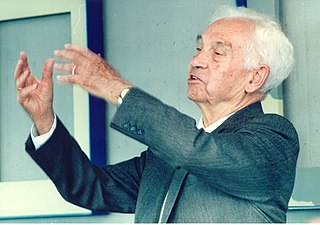
Ernst Walter Mayr was one of the 20th century's leading evolutionary biologists. He was also a renowned taxonomist, tropical explorer, ornithologist, philosopher of biology, and historian of science. His work contributed to the conceptual revolution that led to the modern evolutionary synthesis of Mendelian genetics, systematics, and Darwinian evolution, and to the development of the biological species concept.

The peregrine falcon, also known simply as the peregrine, and historically as the duck hawk in North America, is a cosmopolitan bird of prey (raptor) in the family Falconidae. A large, crow-sized falcon, it has a blue-grey back, barred white underparts, and a black head. The peregrine is renowned for its speed. It can reach over 320 km/h (200 mph) during its characteristic hunting stoop, making it the fastest member of the animal kingdom. According to a National Geographic TV program, the highest measured speed of a peregrine falcon is 389 km/h (242 mph). As is typical for bird-eating (avivore) raptors, peregrine falcons are sexually dimorphic, with females being considerably larger than males.

Aldo Leopold was an American writer, philosopher, naturalist, scientist, ecologist, forester, conservationist, and environmentalist. He was a professor at the University of Wisconsin and is best known for his book A Sand County Almanac (1949), which has been translated into fourteen languages and has sold more than two million copies.
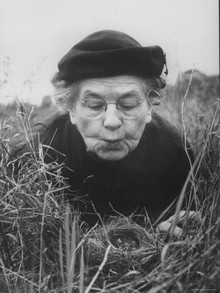
Margaret Morse Nice was an American ornithologist, ethologist, and child psychologist who made an extensive study of the life history of the song sparrow and was author of Studies in the Life History of the Song Sparrow (1937). She observed and recorded hierarchies in chicken about three decades ahead of Thorleif Schjelderup-Ebbe who coined the term "pecking order". After her marriage, she made observations on language learning in her children and wrote numerous research papers.
Frances Hamerstrom was an American writer, naturalist and ornithologist known for her work with the greater prairie chicken in Wisconsin, and for her research on birds of prey. Hamerstrom was a prolific writer, publishing over 100 professional papers and 10 books on the prairie chicken, harriers, eagles, and other wildlife topics. Some were translated into German.
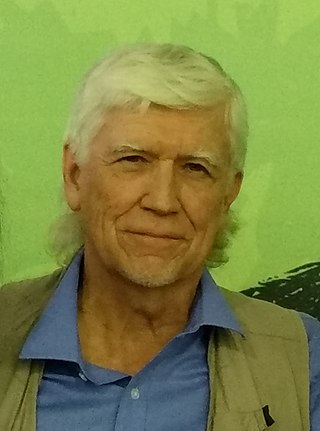
Russell Alan Mittermeier is a primatologist and herpetologist. He has written several books for both popular and scientist audiences, and has authored more than 300 scientific papers.

Wyalusing State Park is a 2,628-acre (1,064 ha) Wisconsin state park at the confluence of the Mississippi and Wisconsin rivers in the village Bagley, just south of Prairie du Chien.
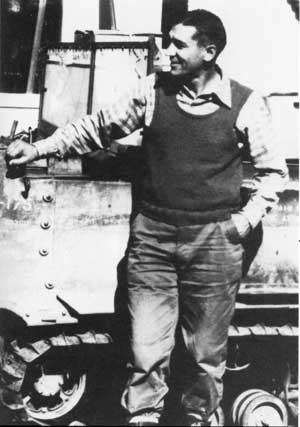
Aldo Starker Leopold was an American author, forester, zoologist and conservationist. He also served as professor at the University of California, Berkeley for thirty years. Throughout his life, Leopold was active in numerous wildlife and conservation groups throughout the United States. Leopold later defended his ideas of Land ethic which was a new way to connect nature, land and people.
The Leopold Wetland Management District is named after Aldo Leopold, who is widely acknowledged as the father of wildlife conservation in America. Leopold is perhaps best known as the author of A Sand County Almanac, a book compiled of essays written on his farm in central Wisconsin. In tribute to his philosophy, the Leopold Wetland Management District is dedicated to preserving, restoring, and enhancing wildlife habitat in Wisconsin for the benefit of present and future generations.
Estella Bergere Leopold is an American paleobotanist and a conservationist. As a researcher in the United States Geological Survey, she aided in uncovering records of plant life from the Miocene around the Eniwetok and Bikini Atolls in the southern Pacific Ocean and from the Cenozoic era in the Rocky Mountains. As a professor of botany and forest sciences at the University of Washington, she directed the Quaternary Research Center, researched the forest history of the Pacific Northwest, and collaborated with Chinese paleobotanists. Leopold's work as a conservationist includes taking legal action to help save the Florissant Fossil Beds in Colorado, and fighting pollution. She is the daughter and only surviving child of Aldo Leopold.

Nina Leopold Bradley was an American conservationist, researcher and writer.

Wings for My Flight: The Peregrine Falcons of Chimney Rock is a 1991 book by American wildlife biologist Marcy Cottrell Houle. Wings for My Flight documents Houle's observations of a pair of the then-endangered peregrine falcons at Chimney Rock, a prominent rock formation in Colorado, while employed by the Colorado Division of Wildlife in the summer of 1975. To protect the falcons, Houle had to halt a million-dollar project to turn ancient Anasazi ruins in the area into a tourist attraction and faced opposition and harassment by the Chimney Rock community as a result.

Harrison Bruce "Bud" Tordoff was an American ornithologist and conservationist. He was brought up in Mechanicville in upstate New York, hunting and fishing, and became interested in wildlife management and zoology. He studied as an undergraduate at Cornell University, returning to complete his degree after a period of military service during World War II. He had served as a fighter pilot in the United States Army Air Forces, and his five confirmed aerial victories qualified him as a fighter ace.

Roger Geoffrey Clarke, was an English ornithologist and world authority on harriers and other birds of prey.

ElizabethLucille Farrier Stickel, was an American wildlife toxicologist and director of the Patuxent Wildlife Research Center from 1972 to 1982. Her research focused extensively on contaminants in wildlife ecosystems, and her research on the effects of the pesticide DDT helped form the basis for Rachel Carson's book Silent Spring. She was also the first woman to become both a senior scientist as a civil servant of the US government and to be director for a national research laboratory.
Thomas Joseph Cade was an American ornithologist most notable for his efforts to conserve the peregrine falcon.

Herbert L. Stoddard was an American naturalist, conservationist, forester, wildlife biologist, ecologist, ornithologist, taxidermist, and author. In the 20th century he earned a reputation for being one of the American Southeast's most prominent conservationists and a pioneering forest ecologist. He is most well known for his seminal book, The Bobwhite Quail: Its habits, preservation, and increase (1931). He is also widely credited with advocating for the practice of prescribed fire as a tool for wildlife management. He was married to Ada Wechselberg, with whom he had one son, Herbert "Sonny" L. Stoddard Jr.
William Hanna Elder was a zoology professor, who worked in "wildlife management, range and wildlife habitat management, ornithology, and mammalogy". He was a Guggenheim Fellow for the academic year 1956–1957.
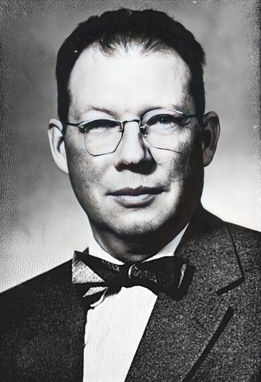
Paul Lester Errington was an American conservationist and professor. His work included field studies in wetlands, wildlife populations and keeping habitats intact. In the early 1930s, Errington realized that hunting restrictions did not stop North American wildlife from declining. He focused on how large changes made animals lose their habitats. Errington received multiple honors for his work.
The Bronx County Bird Club (BCBC) was a small informal club of birders based in the Bronx, New York, active between 1924 and 1956, with residual activity through 1978. The club was a major participant in the Audubon Society's Christmas census, observing more species in the eastern US than any other team for three consecutive years. Club members Roger Tory Peterson, Joseph Hickey, Allan Cruickshank, and William Vogt became well-known ornithologists and authors.













